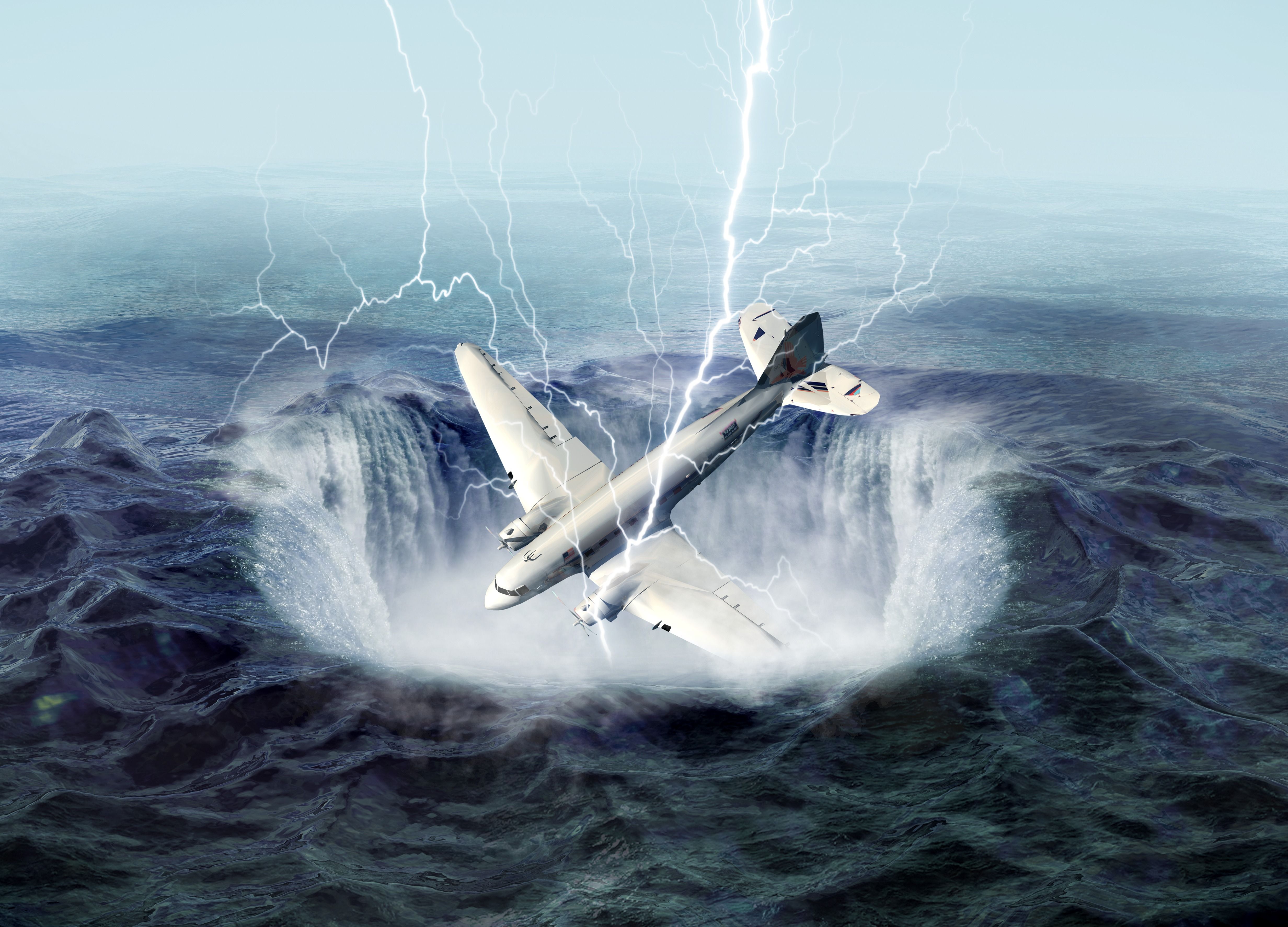Introduction: The Bermuda Triangle, also known as the Devil's Triangle, has long captivated the world with its mysterious reputation. Spanning an area of approximately 500,000 square miles in the western part of the North Atlantic Ocean, the Bermuda Triangle has been associated with numerous unexplained disappearances of ships, planes, and people. In this comprehensive exploration, we delve into the fascinating history, theories, and scientific explanations behind the enigma of the Bermuda Triangle.
Geographic Boundaries: The Bermuda Triangle is roughly defined by the points of Miami, Bermuda, and Puerto Rico, forming a triangular area in the western North Atlantic Ocean. Its boundaries have been a subject of debate, but it generally includes parts of the Sargasso Sea.
Historical Context: The mystery surrounding the Bermuda Triangle can be traced back to the early 20th century. The disappearance of Flight 19, a group of U.S. Navy aircraft, in 1945 sparked public interest and gave birth to the legend of the Triangle.
Unexplained Disappearances: One of the defining characteristics of the Bermuda Triangle is the unexplained vanishing of ships, planes, and people. Famous incidents include the disappearance of the USS Cyclops in 1918 and the vanishing of Flight 19 in 1945. These incidents have fueled speculation and conspiracy theories.
Natural Explanations: Scientists and researchers have put forth several natural explanations to debunk the mystery of the Bermuda Triangle. These include the presence of powerful currents, unpredictable weather patterns, and the release of methane gas from the ocean floor.
Gulf Stream and Weather Conditions: The Bermuda Triangle is located in proximity to the powerful Gulf Stream, a warm ocean current that influences the region's weather patterns. The convergence of strong currents, unpredictable storms, and dense fog can create challenging conditions for navigation.
Methane Gas Hydrates: One theory proposes that methane gas hydrates trapped beneath the ocean floor could be released and cause disruptions in buoyancy, potentially leading to the sinking of ships. However, this theory lacks substantial evidence.
Human Error and Technology: Many disappearances within the Bermuda Triangle have been attributed to human error, navigational miscalculations, or mechanical failures. In some cases, inadequate communication systems or outdated technology may have contributed to the accidents.
Sensationalism and Media Influence: The allure of the Bermuda Triangle has been magnified by sensationalized media coverage and fictional depictions. Stories, books, and movies have perpetuated the mystery and contributed to its lasting fame.
Similar Areas Around the World: While the Bermuda Triangle garners significant attention, other regions around the world also witness disappearances and unusual phenomena. The Dragon's Triangle in the Pacific Ocean and the Great Lakes Triangle in North America are examples of comparable regions.
Debunking the Myth: Scientific studies and investigations have consistently shown that the number of disappearances within the Bermuda Triangle is not statistically higher than in other well-traveled areas of the ocean. This evidence challenges the notion of a distinct supernatural or mysterious force at work.
Importance of Critical Thinking: Examining the Bermuda Triangle encourages critical thinking and the evaluation of evidence. It highlights the significance of employing scientific methods, rational analysis, and logical reasoning to dispel myths and unravel mysteries.



